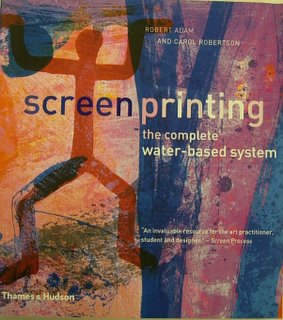TRADE SHOWS
There are some stock phrases that you tend to pick up depending upon the circumstances. With my manufacturing friends the buzz is "creating jobs", as in the government doesn't create jobs businesses do. With my politician friends (yes, some of them are friends, even the nice lady who beat me in the primary!), it's all about "meeting payrolls" as in "he's a politician, he's never had to meet a payroll!". There are others, but I'll spare you the hyperbole.

One of the facts of life for a business such as ours are trade shows. I am always surprised by how few some suppliers go to, and how many others do. I met a guy from a well-known catalog supply house years ago who did over 30 trade shows a year! For the record, I once did six and it almost killed me!
There are actually two types of shows, and I'm combining them in this commentary. There are trade shows, which are exclusively for the suppliers in the trade. This would be a show like the National Art Materials Trade Association (NAMTA) show which is open to art supply retail stores. The NAMTA show in 2006 is going to be in Boston, MA in late April. There are also consumer shows like Southern Graphics Council, Mid-America Print Council or IMPACT. Sandwiched between these types of shows are shows (technically trade shows, I guess) that have a limited audience like the National Art Education Association show (Chicago in 2006), and the various state art ed shows.
Graphic generally attends most, if not all, of the ones mentioned above. There are very few printmaking suppliers that attend shows beyond the print-specific shows, but we believe that we need to preach to the masses about the beauty and value of prints.
If you are aware of an appropriate show in your area, please let us know. We're always willing to pack up the booth and throw it in the van.




